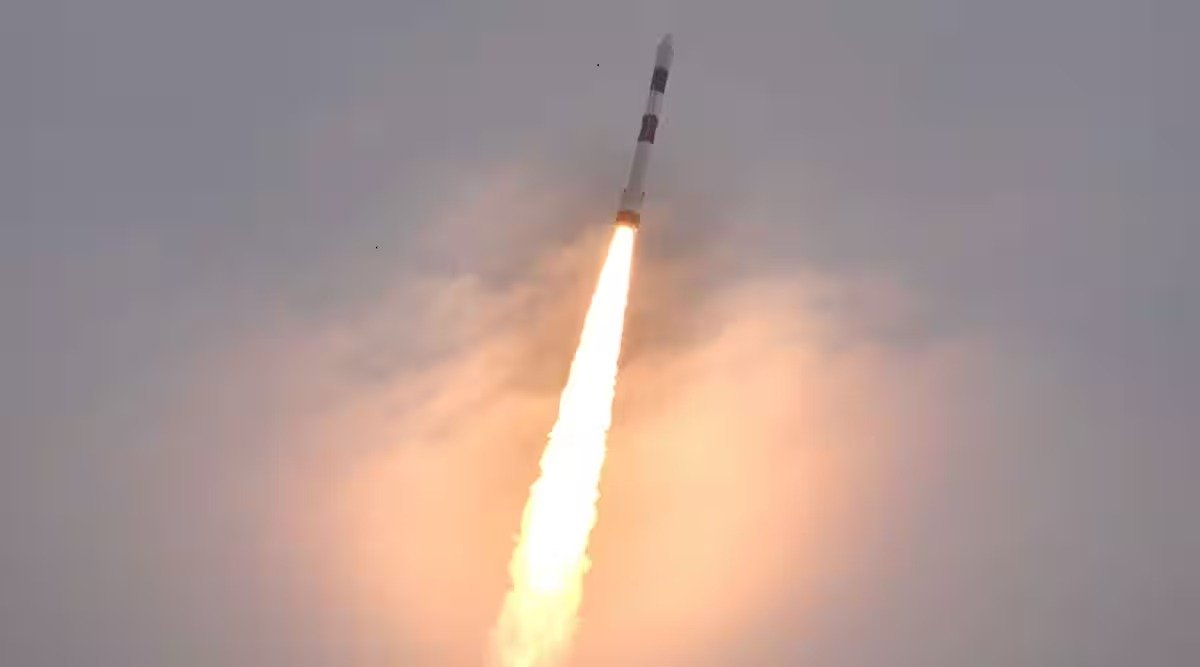NEW DELHI, Oct 23: With the successful placing in orbit of 36 OneWeb satellites on board the Launch Vehicle Mark-III (LVM-3) rocket, the Indian Space Research Organisation (ISRO) is now eying a bigger share in the global satellite launch market.
A recent report by the Indian Space Association (ISpA) and Ernst and Young (E&Y) had pegged the global space economy at USD 447 billion with the satellite launch segment accounting for USD 6 billion.
ISRO has already carved out a niche for itself in the satellite launch segment with its old warhorse Polar Satellite Launch Vehicle (PSLV) rocket earning the space agency millions of dollars in business.
With the LVM-3 rocket, capable of placing 10 tonne payloads in low earth orbits, ISRO now aims to launch heavier satellites or multiple smaller satellites.
Sunday’s launch of 36 satellites for OneWeb had a combined weight of over 5.7 tonnes, and ISRO plans to repeat the launch for another batch of 36 satellites in February next year.
“The next LVM-3 will be ready by February 2023, when we plan to carry out another launch for OneWeb,” ISRO Chairman S Somanath said.
“We want to do one launch of LVM-3 every three to four months depending on the commercial demand,” he said in a recent interaction here.
ISRO had bagged the contract to launch OneWeb satellites in April this year as the Russia-Ukraine conflict put a spanner in the UK-based company’s plans to launch satellites using Russian rockets from the Baikonur spaceport in Kazakhstan.
Of OneWeb’s planned constellation of 648 satellites, Roscosmos had launched 428 before the Ukraine conflict. ISRO has been tasked with putting 72 satellites in orbit onboard the LVM3 rocket.
India’s space economy was pegged at USD 9.6 billion in 2020 and is expected to touch USD 12.8 billion by 2025, according to the ISpA-E&Y report, titled ‘Developing the Space Ecosystem in India: Focusing on Inclusive Growth’.
In dollar terms, the satellite services and applications segment would be the largest with a turnover of USD 4.6 billion by 2025, followed by ground segment at USD 4 billion, satellite manufacturing at USD 3.2 billion and launch services at USD 1 billion.
India’s share in the launch services segment was pegged at USD 600 million in 2020 and is projected to grow at a compound annual growth rate of 13 per cent to reach USD 1 billion by 2025, the report said.
“The availability of low-cost satellite launch vehicles coupled with mass production will lead to demand from customers around the world. Indian private companies are looking to exploit the space industry by using innovative technologies,” it said.
ISRO also plans to carry out a test launch of the Small Satellite Launch Vehicle (SSLV) later this year. The maiden SSLV launch in August this year was unsuccessful.
The SSLV is designed to carry a payload of up to 500 kg to low earth orbit. (PTI)







